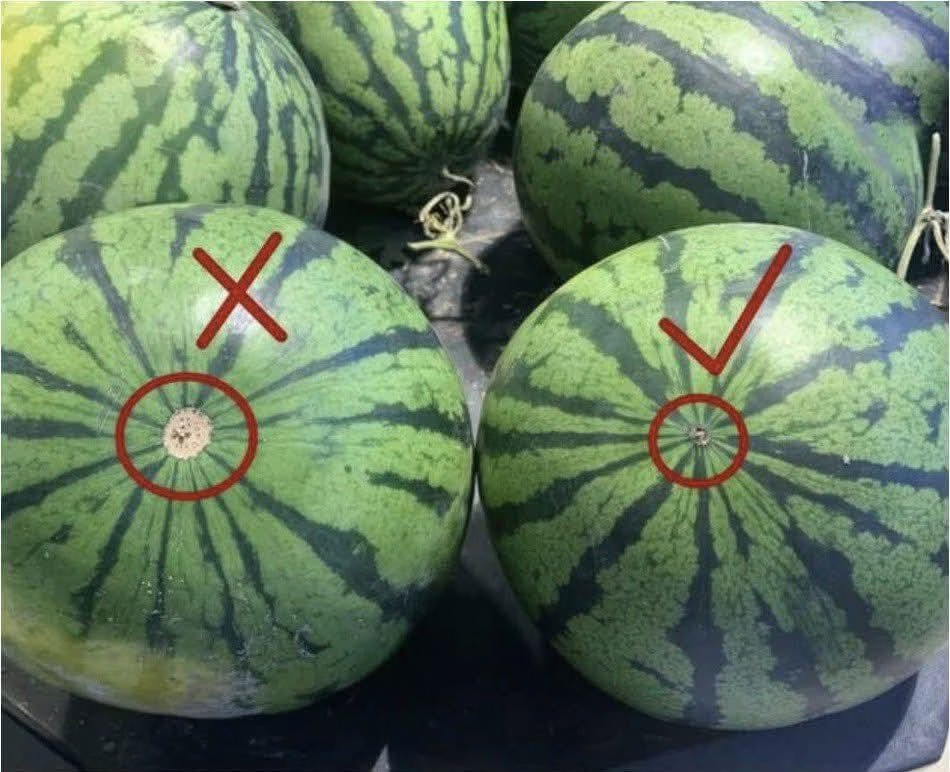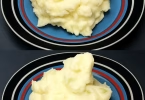How to Choose the Perfect Ripe Watermelon: The Ultimate Summer Fruit Guide
Nothing says summer like a cold, juicy watermelon. Whether you’re prepping for a beach picnic, backyard barbecue, or refreshing smoothie session, picking the right watermelon can make or break the experience. We’ve all been there—excitedly slicing into a giant green melon, only to discover it’s mushy, dry, or flavorless. But what if you could confidently choose the juiciest, sweetest watermelon every single time?
This in-depth guide shares **expert-level, time-tested tips** that will help you spot the perfect watermelon at first glance. From field spots to stem color, tapping techniques to weight tests—here’s everything you need to know.
1. Start With the Field Spot
Turn the watermelon over and inspect the area where it rested on the ground. This is called the field spot.
- Deep yellow or orange-cream = perfectly ripe and sweet.
- White or pale green = picked too early, likely bland.
The field spot is one of the most reliable signs of natural ripening on the vine. The richer the color, the longer the melon matured outdoors—building up flavor and sugar.
2. Assess the Skin Texture & Shine
Next, pay close attention to the watermelon’s skin. A ripe melon will usually have a dull, matte finish. If the skin is very shiny or glossy, it may not be ready to eat.
You’re also looking for a uniform shape with firm skin. Minor scratches or web-like scarring are okay—they often result from pollination and are signs of healthy growth.
3. The Famous Tap Test: Sound It Out
This is a tried-and-true trick used by farmers and grandmothers alike:
- Gently tap the watermelon with your knuckles or palm.
- Hollow, deep, and resonant sound? That’s the one. It’s filled with water and juicy flesh.
- Flat or dull thud? Likely overripe, underripe, or drying inside.
It may take some practice, but once you know the sound, you won’t forget it.
4. Look for Brown Veins or Sugar Webbing
Have you ever seen a watermelon with brown, vein-like lines? Those are known as sugar scars or pollination lines. And they’re a very good thing.
These lines suggest the watermelon had abundant bee activity during flowering, which leads to better pollination and increased sweetness.
5. Don’t Overlook the Tail or Stem
The stem (if still attached) tells a lot about when the fruit was picked:
- Brown, dry, and curly = harvested when ripe. Excellent choice.
- Green or freshly cut = picked too soon. Likely underripe.
This small detail is often missed, but it’s one of the clearest ripeness indicators.
6. Use the Weight Rule
When comparing two watermelons of equal size, always pick the heavier one. Why?
Heaviness means water content. Water means juiciness. A ripe watermelon will feel like a bowling ball in your arms. Lightweight fruit may be dry or underripe inside.
7. Shape: Round vs. Oblong
While this is more subjective, many experienced buyers say:
- Round watermelons tend to be sweeter and more flavorful.
- Oblong watermelons may be crisper and more watery, but not always as sweet.
8. Check for Uniformity
The watermelon should have a consistent shape and color with no major bumps, dents, or asymmetry. Uniformity is a sign of even growth and ripeness. Avoid melons with soft spots or shriveled areas.
Pro Tips for Picking the Best Watermelon
- Shop in-season: June through August is peak watermelon season in most regions.
- Buy local when possible: shorter shipping = fresher fruit.
- Look for bee stings or dots: small pin-like dots could be signs of sugar leakage—indicating sweetness.
- Sniff test: sometimes the end opposite the stem will emit a mild sweet aroma if ripe.
How to Use Your Perfect Watermelon
Now that you’ve picked the perfect one, here are some delicious ways to enjoy it:
- Simple slices chilled with a sprinkle of sea salt.
- Watermelon salad with feta, cucumber, and mint.
- Frozen watermelon cubes in smoothies or mocktails.
- Grilled watermelon steaks brushed with honey and lime.
- Watermelon popsicles for a hydrating treat.
Conclusion: Choose With Confidence
Picking the best watermelon doesn’t have to be a gamble. With this guide, you’re armed with all the tricks to confidently select a fruit that’s perfectly ripe, sweet, and juicy. Check the field spot, examine the skin, tap it like a pro, and don’t skip the weight test or stem check. These easy steps ensure your summer melon game stays strong all season long.
Now go out there and pick the watermelon that will wow your taste buds and impress everyone at the picnic table!







